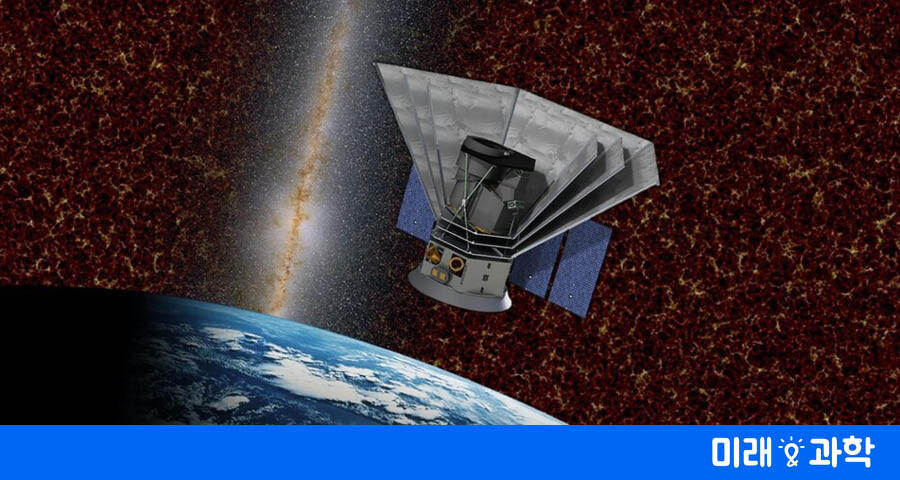Started the production of’Spear X’, an image spectral exploration of Cheon Mun-yeon-Screw
Observing the entire universe in 102 colors… Scheduled to launch in 2024

A conceptual diagram of the’All-infrared image spectroscopy exploration space telescope’ (Spear X). Provided by Korea Astronomical Research Institute
The Korea Astronomical Research Institute (Astronomical Research Institute) (Astronomical Research Institute), in collaboration with the National Aeronautics and Space Administration (NASA), plans to create an image spectroscopy space telescope to shoot the entire universe in color, and launch it into space in 2024. Moon-Yeon Cheon announced on the 6th, “We started to produce’Space Telescope for Infrared Imaging Spectroscopy’ (Spear X) with NASA Jet Promotion Research Institute and California Institute of Technology (Caltech).” It is the first telescope to explore the entire sky with image spectroscopy. Among the 12 co-production organizations, Cheon Mun-yeon is the only non-US organization. Sphere X is capable of observing the entire universe in 102 colors using infrared imaging and image spectroscopy technology that cannot be observed due to the loss of the Earth’s atmosphere on the ground, explained Cheon Mun-yeon.

All-round image spectroscopy technology attempted by SpearX. The entire sky is photographed in 102 colors. Provided by Korea Astronomical Research Institute ※ Click the image to see it larger.
Sphere X is equipped with a linear spectral filter, which was first applied by Cheon Mun-yeon to the scientific vehicle of the next-generation small satellite #1. The next-generation small satellite 1 was launched in December 2018 and is performing scientific missions such as galactic observation. SpearX is planning to compile a spectral list of approximately 2 billion individual celestial bodies in the universe. Munyeon Cheon said, “By reconstructing the observation image of Sphere X and the emission spectrum of each celestial body, we can obtain three-dimensional spatial information of the universe. Immediately after the Big Bang, infrared rays containing information on galaxy formation and evolution, It will be a clue to solving the mystery of cosmic background radiation.” In addition, by creating a distribution map of water and carbon dioxide, which exist as ice in the Milky Way and in the universe, it is expected that it will be able to contribute to the exploration of the planetary system where life can exist like Earth. Moon-Yeon Cheon and Caltech proposed the development of Sphere X to NASA in 2016, and NASA announced the final approval on this day (Korean time) following the preliminary design evaluation in October last year after selecting a proposal in 2019. SpearX will be launched in solar synchronous orbit in 2024 and will conduct all-cheon spectral exploration activities more than four times in two years and four months. By Lee Geun-young, staff reporter [email protected]
